7 Weird and Wild Deep-Sea Creatures
We're not at sea level anymore
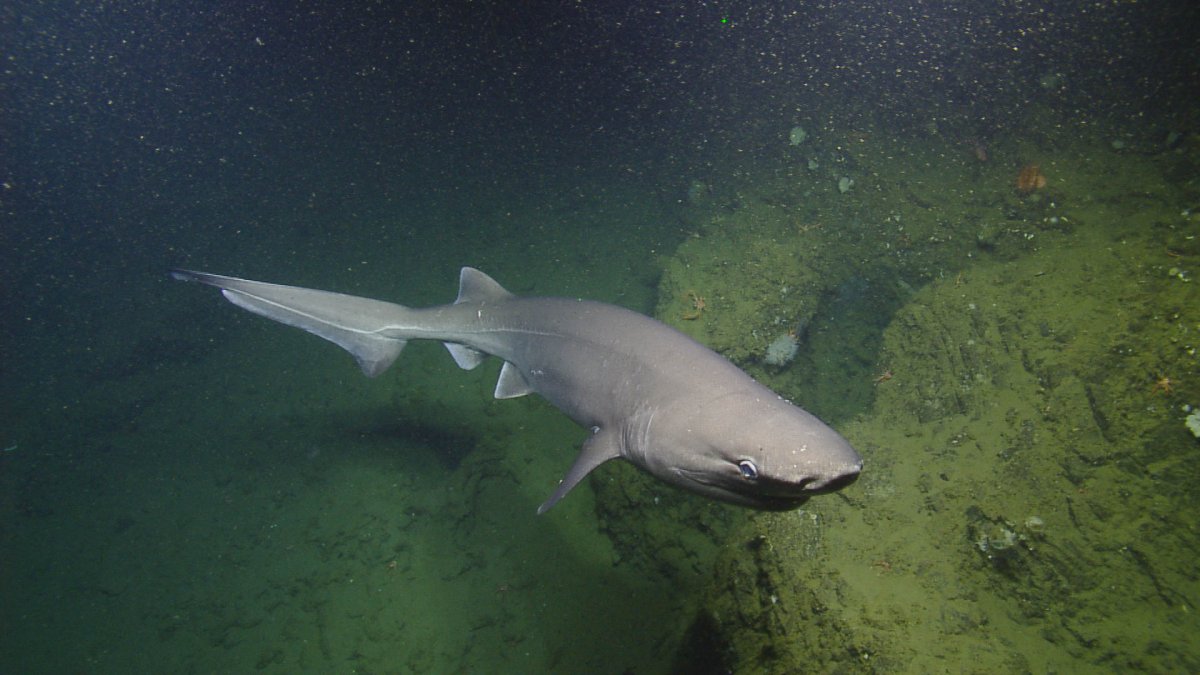
The deep sea has captured our imagination for centuries—and for good reason. Once we venture past the zone where light penetrates the ocean, the dark depths of the sea are filled with strange and captivating critters (some of which have even inspired horror movie monsters).
We know remarkably little about the deep ocean—in fact, we know more about the surface of the moon than we do about the ocean floor. It’s no surprise, then, that the ocean’s deepest inhabitants don’t get the same recognition as their shallower peers.
So, prepare for a deep dive! Here are seven of the weirdest and wildest residents of the deep sea.
Anglerfish
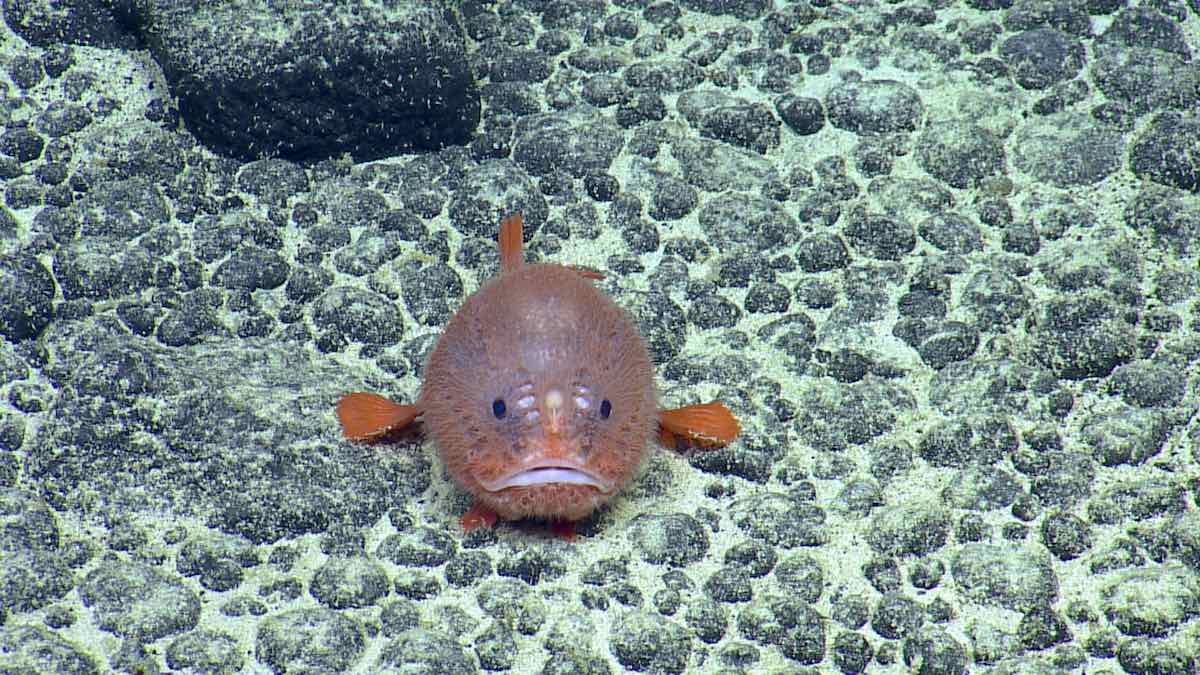
Imagine following a warm, inviting light, only to find a mouth of razor-sharp teeth directly behind it. That is the unfortunate fate of the deep sea anglerfish’s prey (and nearly Marlin and Dory’s in Finding Nemo). Deep sea anglerfishes have evolved a cunning method of hunting: they use their bright lure, which gets its glow from specialized bacteria, to entice fish and crustaceans to draw close to the anglerfish. Only females have the lures, however. They also use it to attract males, who will bite onto the female and fertilize her eggs.
Sixgill Shark
Sixgill sharks get their name from their six gill slits (no surprise there). Other familiar species, like blacktip reef sharks, bull sharks, blue sharks and hammerhead sharks, only have five gill slits. (Side note: there is another species of shark called the sevengill that has—you guessed it—seven gills slits.) Sixgill sharks can reach up to 16 feet (4.9 meters) in length, making it one of the largest sharks in the ocean. They come up to the surface at night to search for prey, but can dive down 8,200 feet (2,500 meters) or more during the day.
Giant Isopod
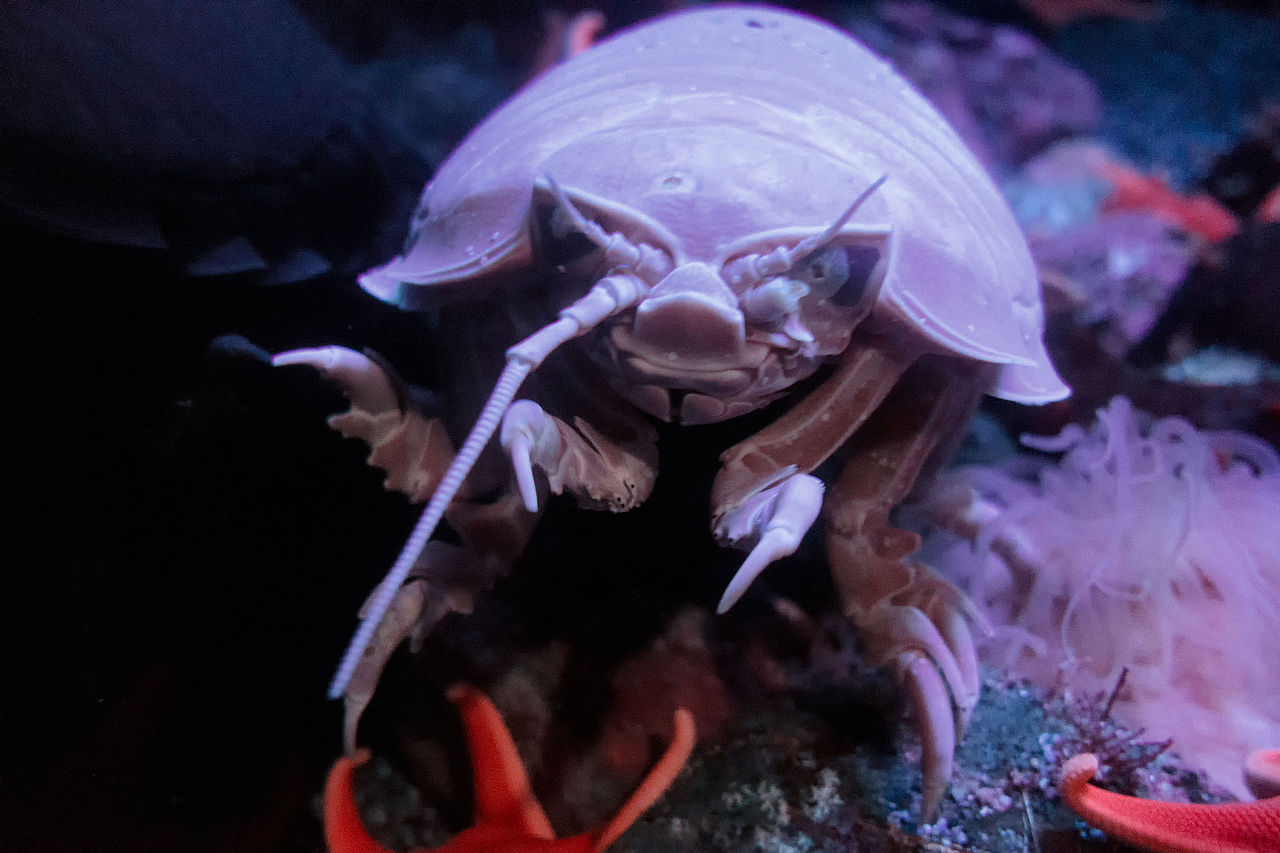
A giant isopod is to a roly-poly bug as King Kong is to a gorilla: it’s bigger, scarier and could easily star in a B-grade horror movie. The giant isopod is a crustacean, the group that also includes shrimp and crabs, and is closely related to your friendly neighborhood pillbug. They are carnivores who feed on the ocean floor at depths up to 7,000 feet (2,100 meters). Because meals in the deep ocean floor can be few and far between, giant isopods are able to go long periods without food and will binge eat when they can.
Coelacanth
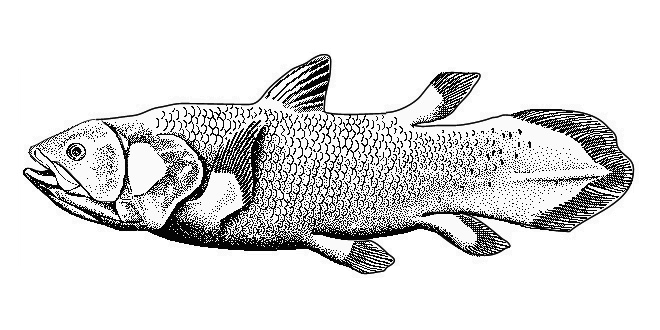
When the coelacanth was first discovered in 1938, it was compared to the feeling of finding a T-rex walking around in modern times. Scientists thought the coelacanth had gone extinct 65 million years ago, until a museum curator in South Africa discovered one in a local fisherman’s net. They can reach almost 7 feet (2 meters) in length, and live in depths up to 2,300 feet (700 meters). Their paired lobe fins are similar to those of tetrapods, or four-footed animals, and they move in a way that looks like the fish is “walking” through the water.
Vampire Squid
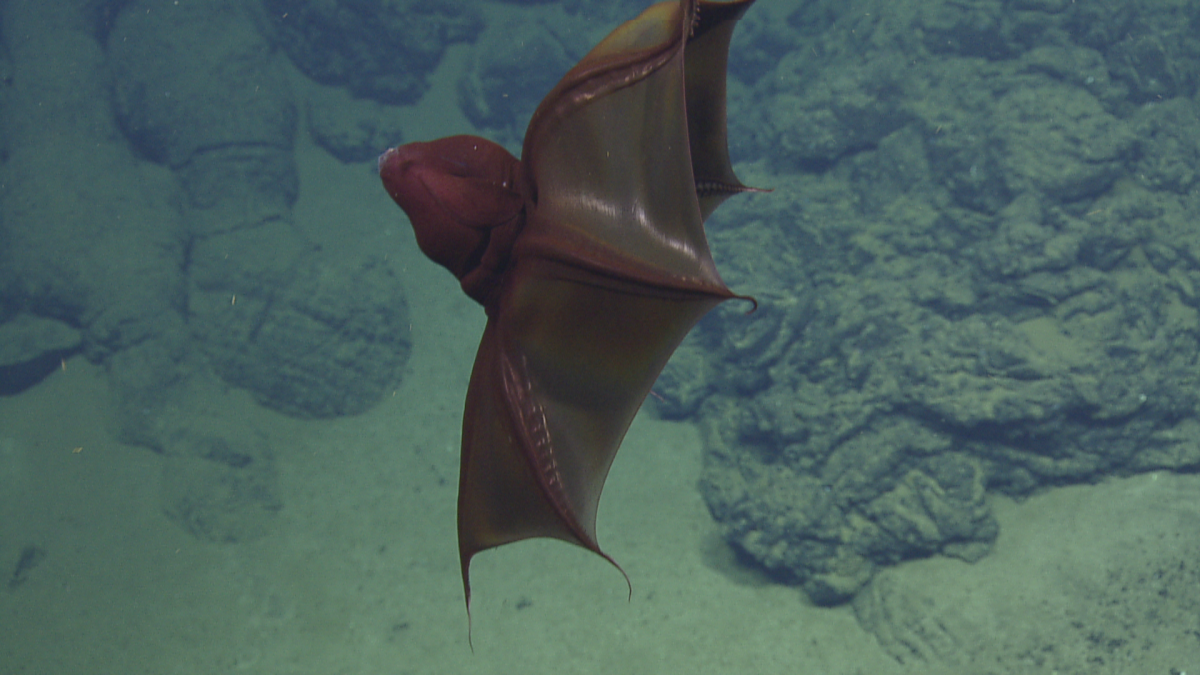
Despite its blood-red color and its horror-story name, vampire squid won’t suck your blood. These cephalopods are scavengers that prefer to munch on dead plankton and other matter that drifts down to the deep ocean. They don’t produce ink like other cephalopods (it wouldn’t do them much good in the black-colored deep water), and instead expel a bioluminescent substance that derails predators.
Gulper Eel
The gulper eel, also known as the pelican eel, is one of the strangest looking fish in the sea. Its mouth is disproportionately large for its body, and can open wide to consume animals much larger than the eel itself. They use their mouth to scoop up prey, similar to how a pelican used its large beak. Like the anglerfish, the gulper eel has a bioluminescent organ that scientist theorize could be used to attract prey.
Giant Squid
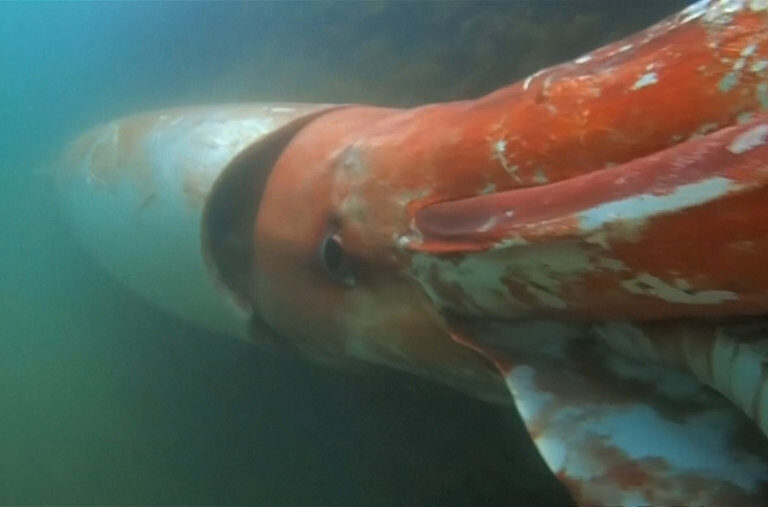
The giant squid lives up to its name: they can reach more than 40 feet (12 meters) long, making it one of the largest invertebrates, or animals without backbones, in the world. They live at depths of 1,000 to 2,000 feet (300 to 600 meters), making them difficult to study—most of what we know about them comes from dead squid that have washed ashore or been pulled up in fishermen’s nets. We do know that they have the largest eye in the animal kingdom—their eyes reach up to 10 inches (25 centimeters) in diameter, and allow them to pick up the tiny amounts of light that reach the deep ocean.